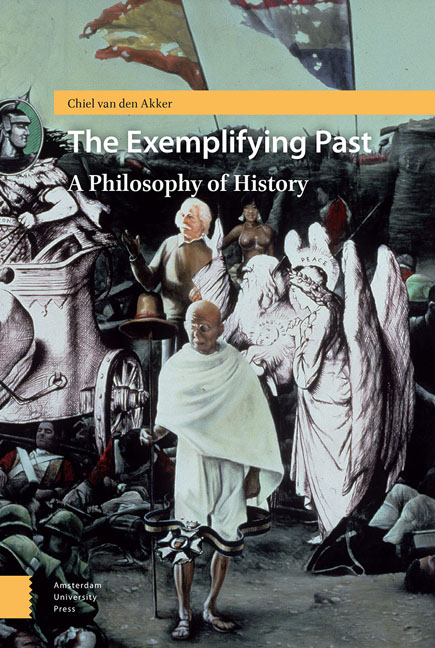6 - Danto’s End of Art
Published online by Cambridge University Press: 29 January 2021
Summary
That the chair should in recent days have entered art as a medium or a form, rather than as subject; that the chair should have become art […] strikes me as a sign that a certain barrier has been made visible by being broken.
− Arthur Danto, Philosophizing Art[M]y philosophy of art would hardly have been the same under skies other than those of Manhattan in the latter decades of the twentieth century.
− Danto, The Body/Body ProblemIntroduction
Maarten Baas's Made in China (2008), also known as Plastic Chair in Wood, is an exact wooden copy of the plastic lawn chair we all know so well. The object looks like a lawn chair: there can be no misunderstanding about that, but is it ‘merely’ a lawn chair in wood? If we were to come across it in a garden centre on a Saturday afternoon, would we take Made in China to be an object on which to sit? Perhaps we would think that it is a rather peculiar looking lawn chair because of its wood pattern, and even when closer inspection reveals that the chair is actually made of wood, we would have no reason to doubt our belief that it is a lawn chair that we have before us. On the other hand, perhaps we would think that it is a work of art. But why is a lawn chair in wood a work of art while its plastic equivalent is not? It appears that this requires ‘something the eye cannot de[s]cry – an atmosphere of artistic theory, a knowledge of the history of art: an artworld,’ as Arthur Danto had it in 1964.
The question why of two perceptually indiscernible objects one is a work of art and the other is not, is central to Danto's philosophy of art, which is mostly concerned with sculpture and painting. Pondering this question eventually resulted in the end-of-art thesis which he proposed in the early 1980s. Art had ended, in the Stable Gallery on East 74th Street in New York in 1964 to be precise, when Andy Warhol exhibited his now famous Brillo Box – a carefully crafted replica of the packaging of soap pads.
- Type
- Chapter
- Information
- The Exemplifying PastA Philosophy of History, pp. 127 - 148Publisher: Amsterdam University PressPrint publication year: 2018



